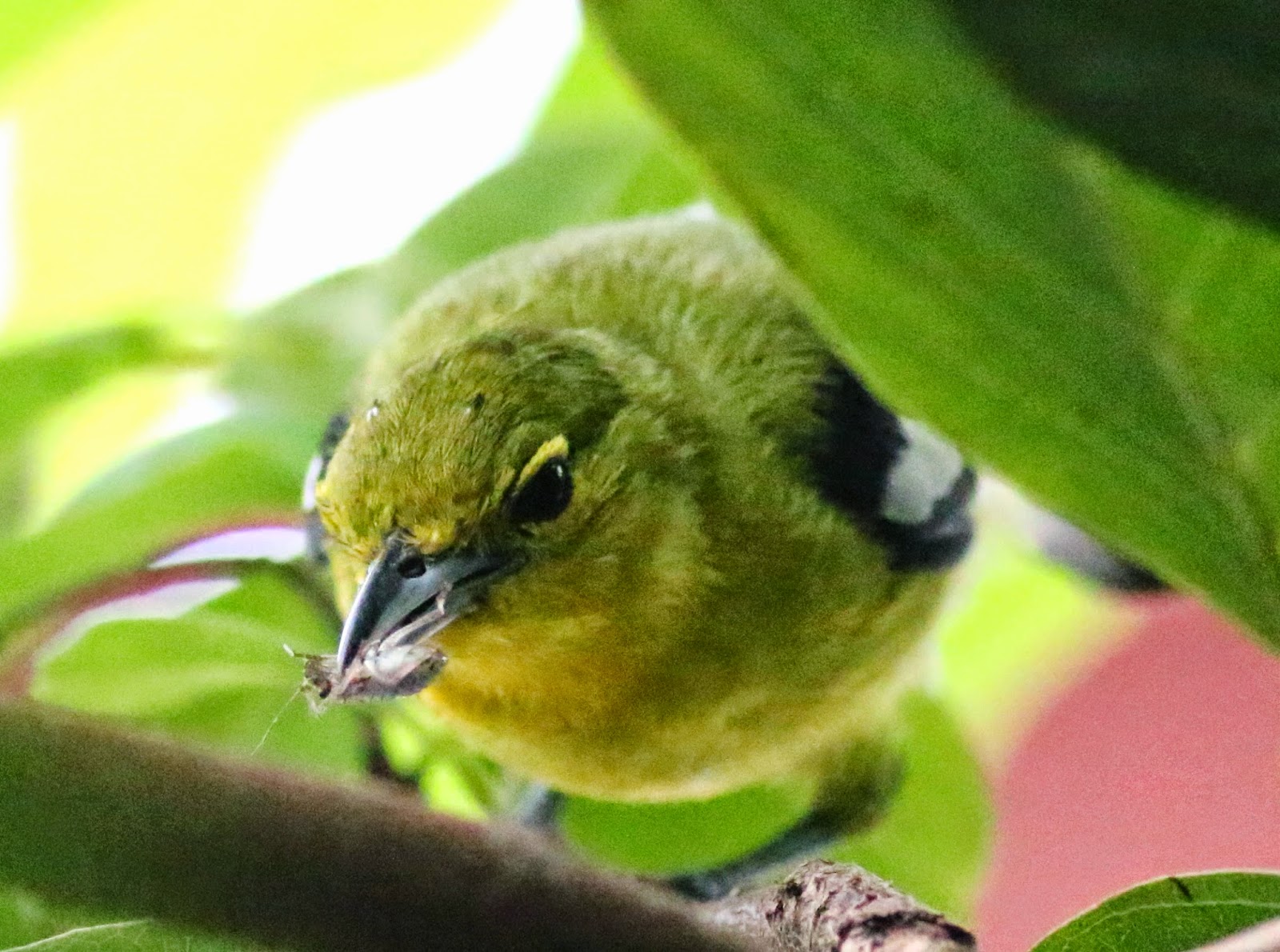The South Asia branch of Wetlands International has recommended the dates for Asian Waterbird Census (AWC) 2015 from 10 to 25 January 2015. They however added that these dates only served as guidelines as counts from any dates in January are very welcome. In Malaysia, the S'gor Bird Group from the Malaysia Nature Society (MNS) conducted AWC as part of their wader observation workshops which was a very good initiative and should be continued every year. I too did my small bit for AWC albeit on a smaller scale and on a personal capacity.
3 trips to the mudflats along the coastline of West Peninsular Malaysia were made on 18 January 2015, 3 February 2015 and 18 February 2015 respectively. The locations were selected due to convenience and accessibility of the mudflats. They are summarised as follows i) Jeram-Kapar-Sungai Janggut, Selangor coastline (herein collectively referred to as 'Jeram Coastline') and ii) Air-Tawar-Belat-Kuala Muda Coastline (herein referred to as 'Tawar coastline'). Observation time was from 4.00pm to 6.00pm/16.00 hours to 18.00 hours and from 7.30am to 11.00am. Weather was sunny and clear. Equipment used was a SLR camera and a pair of bins. Observations were made from foot as well as from a boat. A total of 46 species were seen and 3 species were seen ringed/flagged. A few thousand photos were taken and here are some of the interesting ones.
 |
| Bar-Tailed Godwit |
By month of March they should be ready to fly home. Here are some remarkable facts about them.
"2 types of Bar-Tailed Godwit subspecies used the East Asia-Australasia Flyway: L.I menzbieri, which nests in North-Eastern Siberia and spends the Northern winter in South East Asia and Western Australia, and L.I baueri, which breeds in Western Alaska and migrates to New Zealand and South-East Australia for non-breeding season. Ornitologists have long suspected that Bar-tailed Godwit are capable of making an immense journey in a single haul (Gill et al. 2005). The birds began their northward migration/spring migration in mid March, typically completing the journey in 2 stages. First, the Godwits follow the west Pacific Rim to the Yellow Sea, which lies between mainland China and the Korean peninsula. This leg alone covers 10,000km and is completed in a single flight and takes between 6 to 8 days. The birds will remain here for several weeks before continuing on to the next stage of journey to their Alaskan breeding grounds, where they stay for much of June and July. The birds depart Alaska in late August making a total of about 29,000.00 km"
(info source: Bird Life International)
 |
| Marsh Sandpiper |
Breeding grounds: Russia and Siberia
 |
| Terek Sandpiper |
Breeding grounds: Russia and Siberia
 |
| Common Redshank |
Three Curlew Sandpipers can also be seen in the above photo.
 |
| Whimbrel |
Breeding grounds: Artic and Western Hemisphere.
There are 4 distinct subspecies of Whimbrel: one breeds in North America, one from Iceland to northwest Siberia, one in southern Russia and one in eastern Siberia. The Eurasian form have white backs, and some white rumps while the American form has a brown rump and back.
(info source: Cornell Lab Ornithology)
Great Knot, Wimbrel and Bar-Tailed Godwit can be seen in the above photo.
A Whimbrel, some Bar-Tailed Godwits and a lone Great Knot
 |
| Gull-billed Tern |
 |
| Eurasian Curlew |
This time Eurasian Curlew population is not as many as a few years ago.
Breeding grounds: Western Europe, Russia and Siberia
Breeding grounds: Western Europe, Russia and Siberia
Some Red-Necked Stint, Ruddy Turnstone and lots of Greater/Lesser Sandplover.
In this desert like conditions and temperature soaring to 40 Celsius (even at 5.00pm) you might just hallucinate seeing a spoonie among them but nevertheless the MNS - Bird Group did saw one earlier.
Some Greater Sandplover and Curlew Sandpiper. The sand plovers appearance were so identical that they may have all came out from the same injection molding process.
Some Grey Plover and Great Knot. Check out the size of the Grey Plovers as compared to the Great Knots - they appear as big as the Great Knots !
 |
| Brahminy Kite |
There is a story behind the above photo. Initially this Brahminy Kite was seen at a distance circling around the waders. Then it probably saw me as well and decided to check me out. As i lifted my camera, it slammed its "brakes" and quickly 'cabut lari' (turned back). It probably said to itself: "Holy smoke that Guy has a 'gun' " ! Its wings posture and eye expression say it all. Priceless :-)
 |
| Peregrine Falcon - Japonensis race |
One of the highlight of this census. Unlike the Brahminy Kite, the above falcon has no mood in looking at the waders below. I could see it heading towards my way from a distance and by the time i lifted my camera it was already above my head. Apparently birds with "V" typed wing structure usually travel very fast.
In a research conducted by a German group of scientists, Benjamin Ponitz et al (2014) published an article titled: "Diving-Flight Aerodynamics of a Peregrine Falcon" - (Falco peregrinus) where they have studied the speed of a Peregrine Falcon using 3-D images. In their research it was found that during horizontal flight, Peregrine Falcon reaches velocities of up to 150 km/h and more than 320 km/h (200 mph) when nose-diving on its prey - that is equivalent to the speed of driving a Bentley on a highway. The above falcon was seen at about 6pm and it was heading inland - probably back to its roosting area.













































